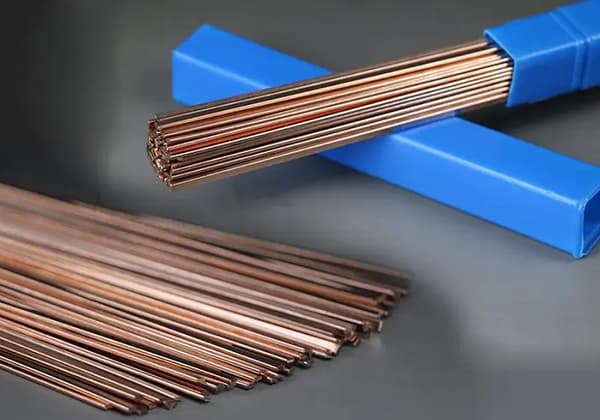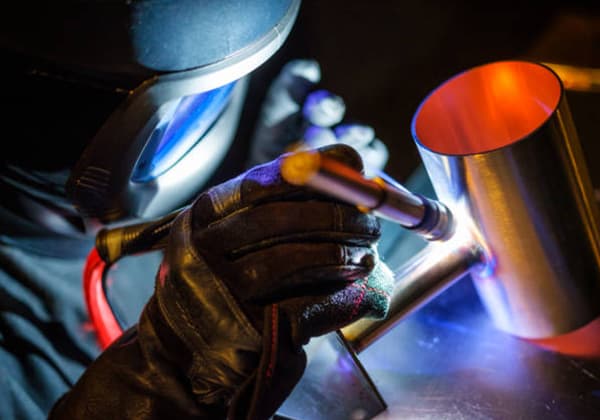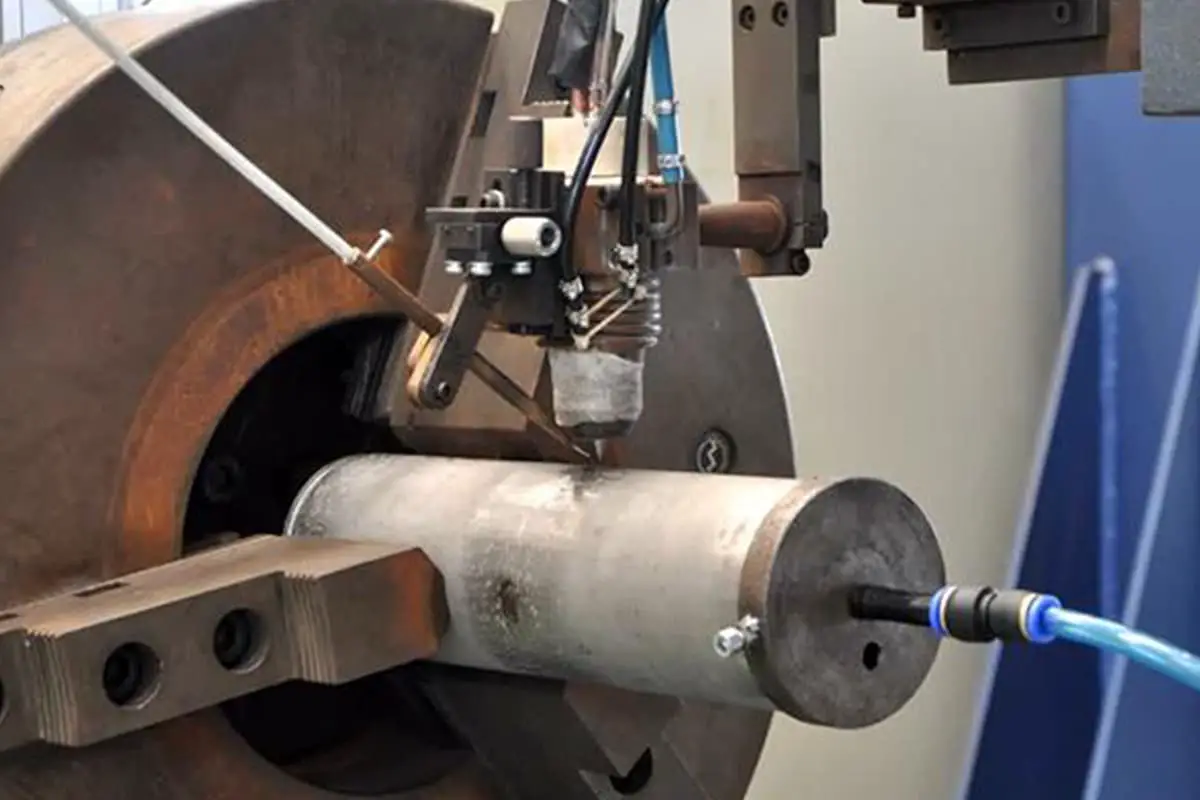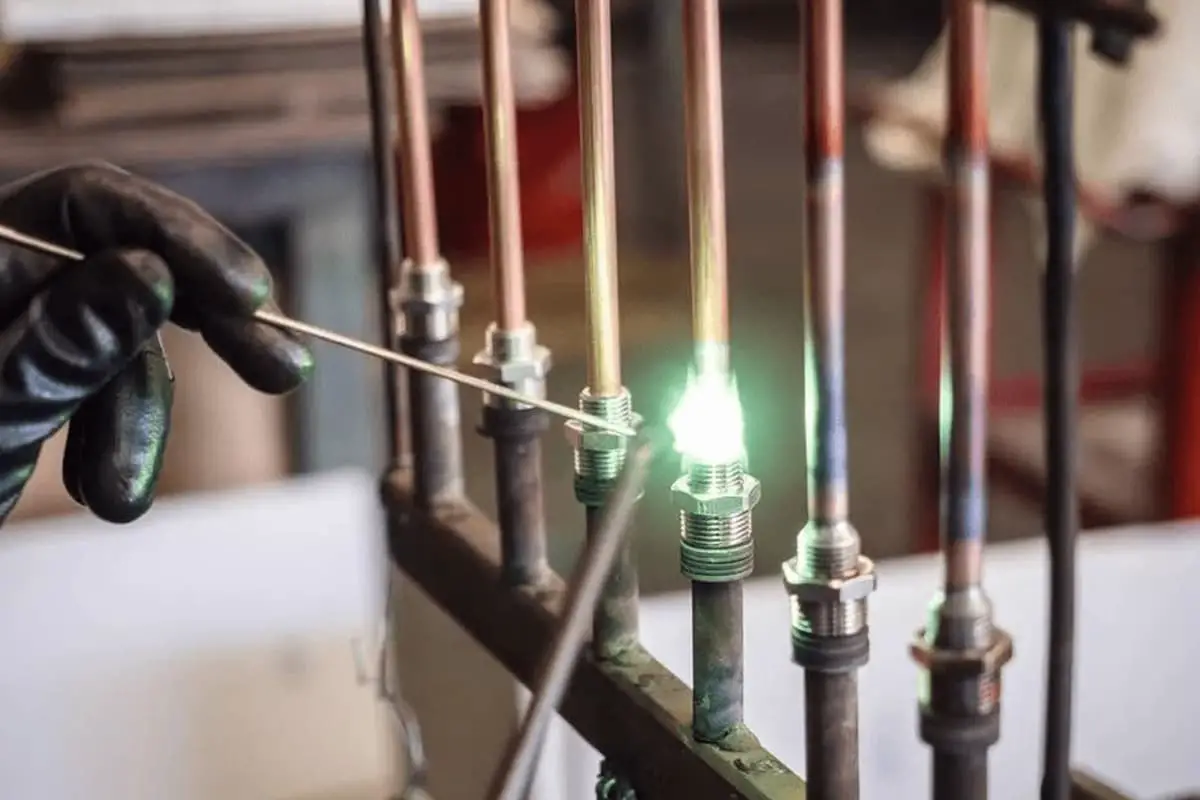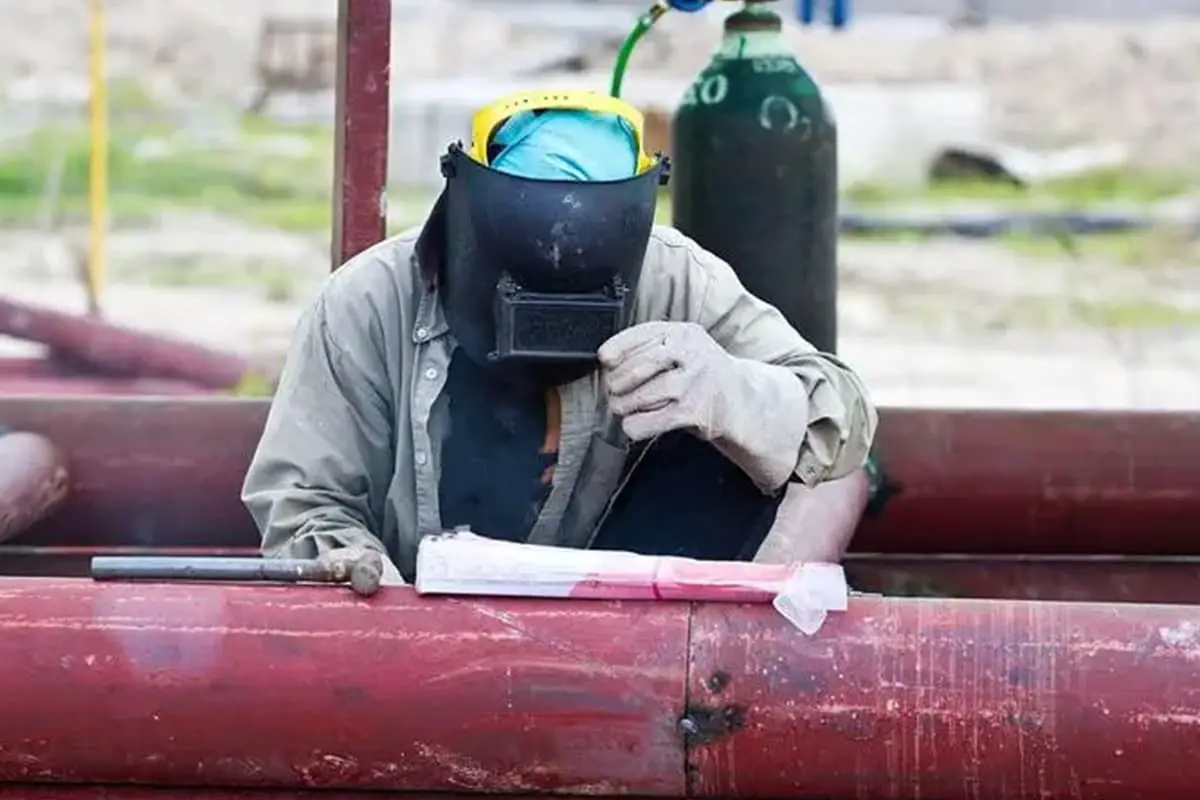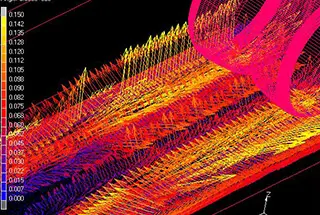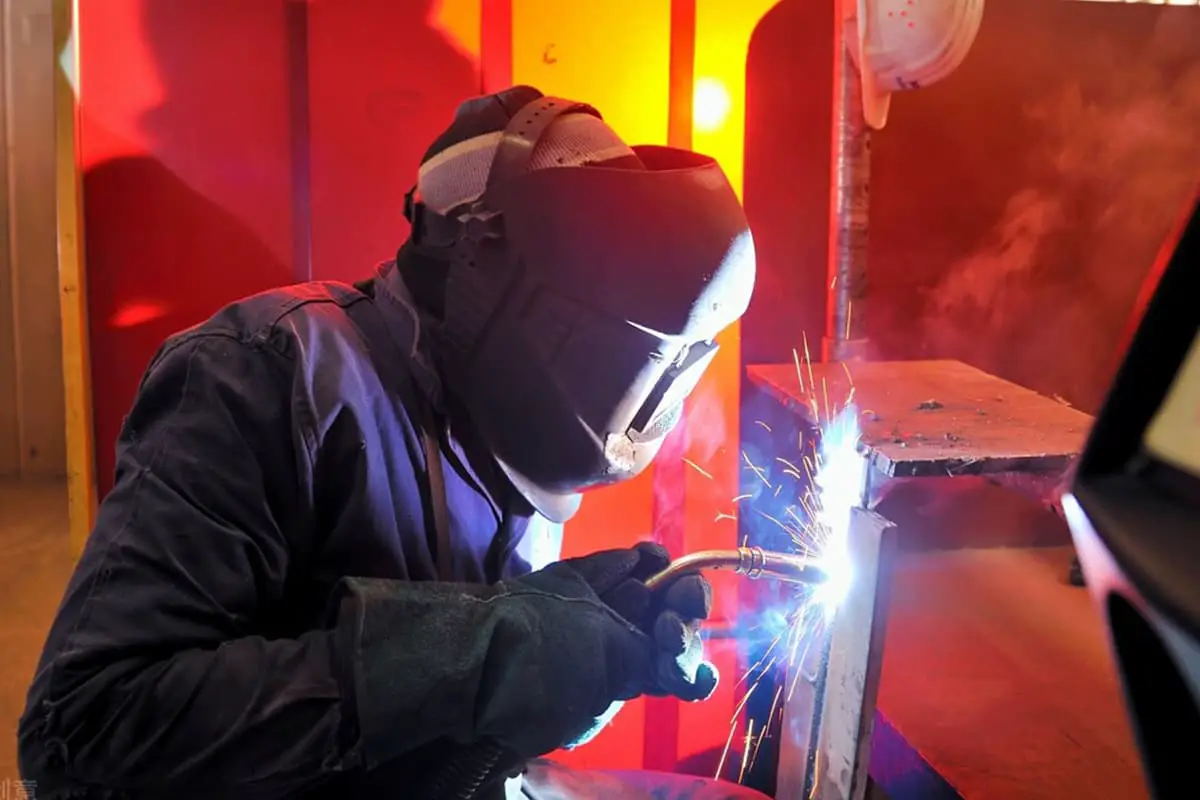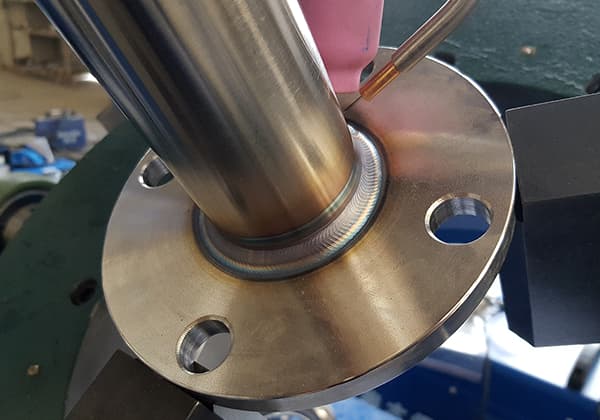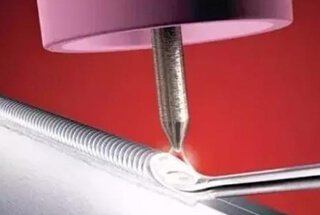
Did you know that welding can leave behind hidden stress that weakens structures? This article explores six effective methods to eliminate welding residual stress, ensuring the durability and safety of pressure vessels. From heat treatments to mechanical techniques, these strategies address the internal stresses that can lead to fatigue failure and stress corrosion cracking. Discover practical solutions to enhance the integrity of your welded structures and prevent costly failures. Read on to learn how these methods can improve your welding projects.
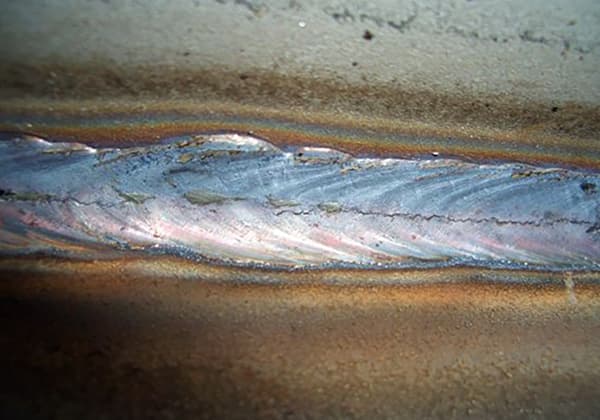
After the pressure vessel is welded, residual stress is produced in the structural weld zone. This is because the uneven heating temperature field during welding causes internal stress to reach the material yield limit, leading to plastic deformation in local areas. Even when the temperature returns to the original uniform state, the internal stress remains in the structure, hence the term “residual stress.”
The peak value and distribution of welding residual stress have a direct negative impact on the fatigue failure and stress corrosion cracking of vessels.
Related reading: What Is Welding Stress?
The research shows that once a vessel is welded, residual stress will inevitably accompany it.
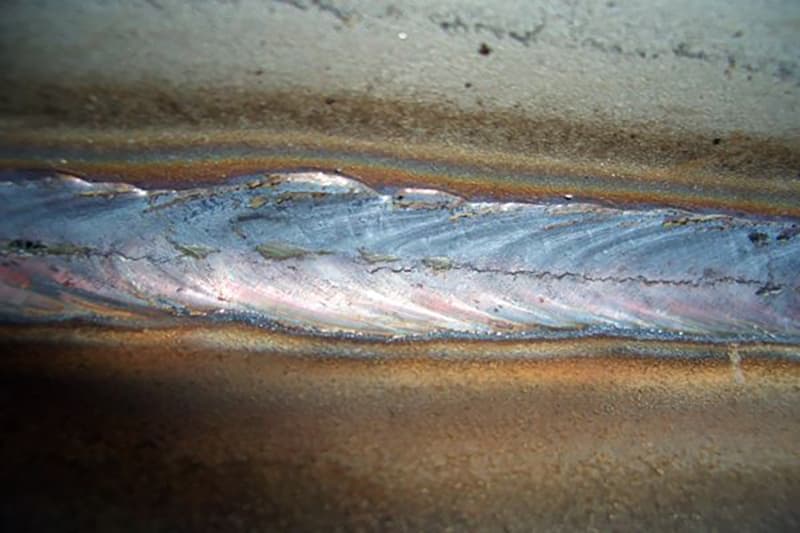
Although the generation mechanism of residual stress in pressure vessels has been preliminarily understood, the level of residual stress varies greatly due to differences in external dimensions, welding processes, welding procedures, and constraint size. Additionally, the distribution of residual stress can be very complex.
Therefore, it is necessary to develop reasonable countermeasures to eliminate or reduce welding residual stress in order to ensure economically reasonable quality and safe operation during service, thereby avoiding accidents.
Related reading: The Ultimate Guide to Welding
Under controlled conditions, apply a slightly greater external load to the vessel once or several times than that under its working condition.
The stress formed by the load is superimposed with the welding residual stress existing locally in the vessel.
When the resultant stress is lower than the material yield limit, the material is in an elastic state, and the relationship between the stress and the strain is linear.
When the composite stress reaches the material yield limit, plastic deformation occurs in local areas.
As the external stress value increases, the range of the composite stress reaching the yield limit also increases, and the range of plastic deformation correspondingly increases, but the stress value does not increase or increases only slightly.
Since the container itself is continuous, during the removal of external load, the yield deformation area and the elastic deformation area recover in an elastic state simultaneously. The welding residual stress existing in the container is partially eliminated, and the magnitude of the eliminated residual stress is equal to the stress value generated by the external load.
The entire welded container should be heated to a temperature of 500℃~Ac1 at a specific heating rate and kept at that temperature for a period of time to allow for recrystallization of the deformed metal, resulting in the formation of new equiaxed grains.
This process eliminates all types of crystal defects, reduces metal strength, and improves toughness, which, in turn, relaxes and releases the welding residual stress.
As pressure vessels are typically large in size, they cannot be heat-treated in a furnace like smaller equipment or mechanical parts.
To address this, the external wall of the container can be covered with a thermal insulation layer, or alternatively, the container can be heat-treated using electric heating or by injecting fuel to create a high temperature inside the container.
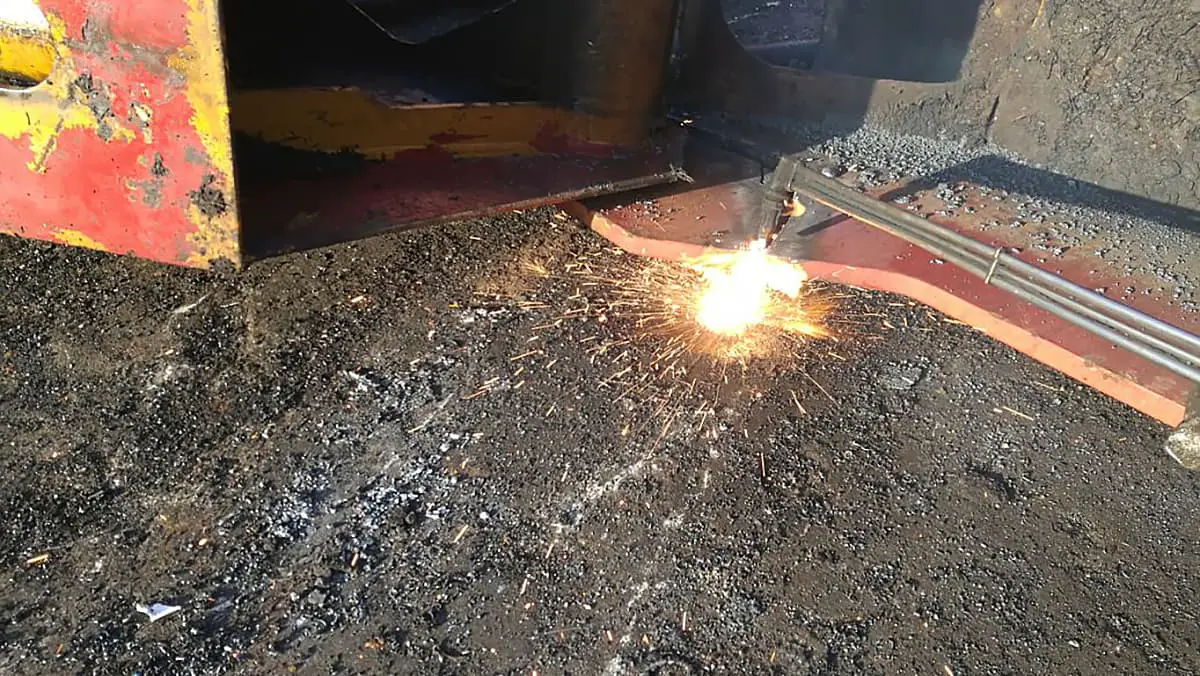
The principle of local heat treatment is similar to that of overall heat treatment. Currently, the weld area is mostly heated using infrared plate heaters or caterpillar resistance heaters.
Due to the localized heating, the elimination of residual stress is not as effective as that of overall heat treatment. Local heat treatment can only reduce the peak value of internal stress, resulting in a relatively gentle stress distribution but not a complete elimination of stress.
Nevertheless, local heat treatment can enhance the mechanical properties of welded joints. It should be noted that this treatment is usually limited to simpler welded joints.
The thermal effect of temperature difference can be utilized to eliminate residual stress in the weld zone by forming a reverse stress field.
The key to the success of this method lies in the selection of the appropriate temperature difference Δt, which is dependent on the material yield limit σs, modulus E, and thermal expansion coefficient β.
By selecting the proper heating zone and Δt, this method can achieve effective stress relief without causing plastic deformation or loss of plastic reserves, or affecting the metallographic structure of the metal.
The stress relief effect can be significant, ranging from 50% to 70%.
This method is particularly useful for plate and shell structures with regular welds and moderate thickness.
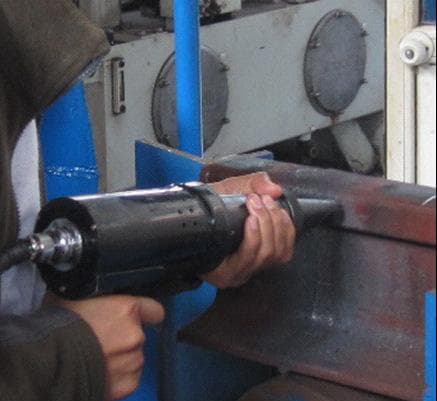
Upon rapid and uniform hammering, the weld metal will undergo transverse plastic extension, which can to some extent compensate for weld shrinkage. Furthermore, the elastic strain caused by tensile residual stress in this area can be relaxed, thereby partially eliminating welding residual stress.
By detonating the explosive belt arranged at or near the weld seam, the shock wave of the instantaneous explosion interacts with the residual stress in the metal, resulting in an appropriate amount of plastic deformation and relaxation of residual stress in the weld seam area.
Explosive treatment not only effectively eliminates welding residual stress but also generates a certain amount of compressive stress in the treatment area, thereby improving the damage resistance of the welded joint under tensile stress.
Therefore, heat treatment is ineffective in achieving this result.
The explosion method is unique in eliminating residual stress in welding seam repair engineering during in-service pressure vessel inspection.

